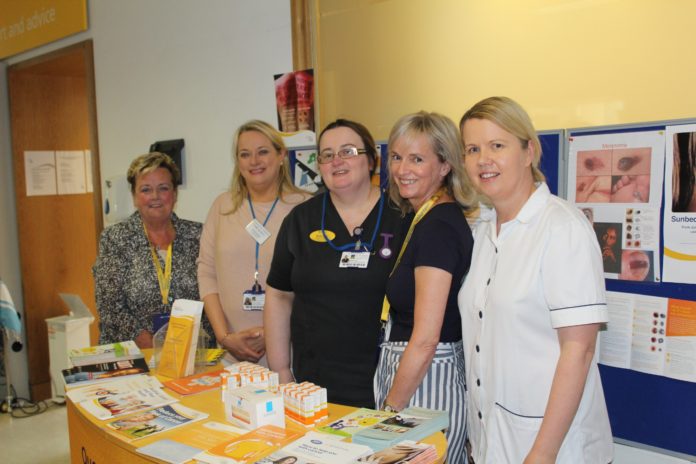
A return to more typical weather patterns in the coming days does not mean any reduction in risk from UV radiation.
Sheila Ryan, Advanced Nurse Practitioner, Dermatology, UL Hospitals Group said precautions need to be taken at this time of year whether the conditions are clear or cloudy.
“We have been fortunate to have a protracted spell of fine weather. It is great that people can get out and enjoy the sun but we also have to be sensible about it,” said Ms Ryan.
“The forecast points to more typical Irish summer weather in the coming days but we still need to protect ourselves from the sun, in particular people working outdoors on farms, building sites and so on.
“From March to September, the rays that can cause skin cancer are more intense irrespective of whether it is a fine day or a rainy day. People need to think about covering up; wearing sunglasses; seeking shade between 12 and 3 and wearing sun factor 30 or above,” explained Ms Ryan.
“If we go to Spain or some other sun holiday destination, we will be sure to pack the sunscreen but we often forget to wear it at home. And that’s a mistake because you are getting the same damage from the same sun no matter how intense the heat might feel.”
Skin cancer is the most common cancer in Ireland with approximately 10,000 new cases diagnosed every year. All three forms – melanoma, basal cell carcinoma and squamous cell carcinoma – of skin cancer are on the increase and all threeare linked to sun exposure and UV radiation.
“Children are particularly vulnerable to developing skin cancer from exposure to the sun during childhood. And sometimes with kids, clothing is as good an option as sunscreen. It’s best to ensure that their shoulders are covered; that they are not in sleeveless shirts; that they wear sun hats and that when you do take them to the beach, that you remember to pack a little tent or screen to provide shade,” said Ms Ryan.
She was speaking as University Hospital Limerick this Wednesday held a sun awareness event, providing information and advice to visitors, patients and staff.
People were given advice and leaflets by specialist dermatology nurses and many also tried out a UV camera which can project the effects of sun exposure.
“It is not a diagnostic test but more a tool we can use for this type of event to create awareness and get people thinking about their sun behaviour. And most people have a bit of fun with it as well,” said Ms Ryan.
There are dermatology clinics run once a month in Ennis Hospital, twice a month in Nenagh and daily at the Charles Centre for Dermatology at UHL, including a specialist skin lesion clinic once a week.
Other tips on how to keep both children and adults safe in the sun are available on the websites of the HSE, the Irish Skin Foundation and the Irish Cancer Society.
Click here for more health news.


